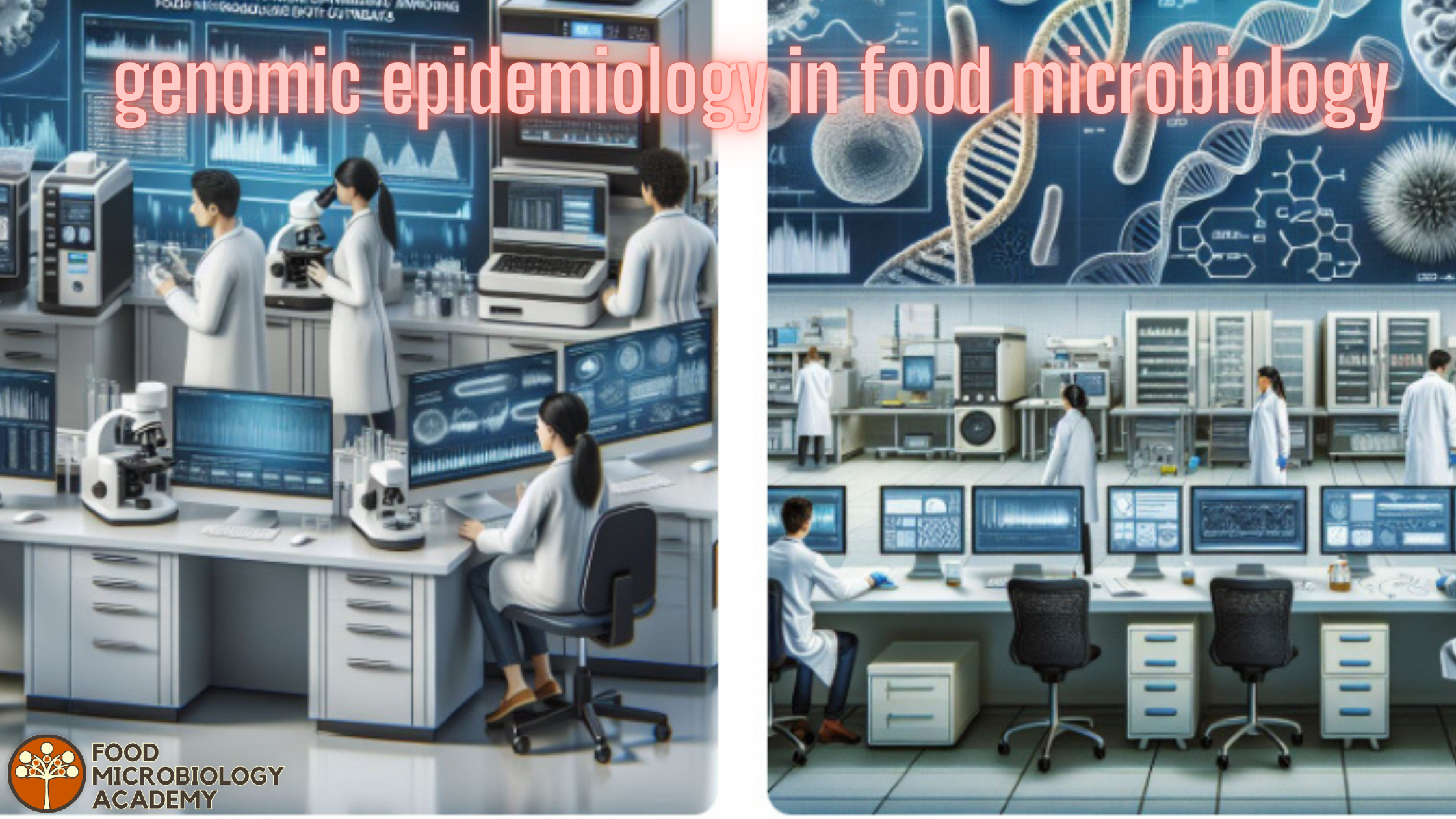Food microbiology is a dynamic field that addresses the critical issue of food safety, focusing on the detection, management, and prevention of foodborne pathogens. One of the most topical issues in this area is the use of genomic surveillance to enhance food safety measures. This approach has gained prominence due to its ability to accurately identify and track pathogens, thereby preventing outbreaks and ensuring public health.
Due to the sensitivity of molecular methods, we are able to detect more bacteria, at lower levels and more often. Therefore, this might give the impression that foodborne outbreaks are on the rise. To consider if foodborne disease is actually increasing, it is essential to look at such data on a per capita basis, rather than actual numbers. This way, it accounts for population increases, or indeed decreases. Furthermore, it is so important to also look at the detection threshold of analytical methods over time. A major aim of improved analytical techniques is for higher sensitivity, which lowers the threshold of detection or enables improved detection from more matrices. Whatever the case, it means that we are going to get more positive results, more often. This is very much a good thing, because we will then have a much better idea of what bacteria are where. This can then direct resources for improved public health outcomes.
The role of genomic surveillance
Understanding genomic surveillance
Genomic surveillance involves sequencing the DNA of microorganisms to identify their genetic makeup. This method allows for precise tracking of pathogens across different stages of food production and distribution. By analysing genetic data, scientists can pinpoint the source of contamination and monitor the spread of pathogens like Salmonella and Listeria monocytogenes (1).
Applications in Food Safety
- Outbreak detection: Genomic surveillance enables rapid identification of pathogen strains involved in foodborne outbreaks. This helps in implementing targeted interventions to control and prevent further spread12.
- Source tracking: By comparing genetic sequences, it is possible to trace the origin of contamination in food supply chains, ensuring that corrective measures are taken at the source1.
- Resistance monitoring: Surveillance can detect antibiotic-resistant strains, allowing for better management strategies to combat these resilient pathogens2.
Challenges and innovations
Challenges in ImplementationDespite its advantages, genomic surveillance faces several challenges:
- Cost and accessibility: Sequencing technologies can be expensive, limiting their use to well-funded laboratories.
- Data management: Handling large volumes of genetic data requires robust bioinformatics tools and expertise.
- Regulatory surdles: Implementing genomic surveillance on a wide scale requires clear regulatory frameworks to ensure data privacy and standardisation13.
Innovative SolutionsTo overcome these challenges, innovations such as portable sequencing devices and cloud-based data analysis platforms are being developed. These tools make genomic surveillance more accessible and efficient, facilitating its integration into routine food safety practices13.
Case Studies: Success Stories
Salmonella OutbreaksRecent studies have demonstrated the effectiveness of genomic surveillance in managing Salmonella outbreaks. By sequencing isolates from infected individuals and contaminated food products, health authorities were able to trace the outbreak’s origin to a specific farm, leading to swift containment actions1.Listeria MonitoringIn another instance, genomic surveillance was used to monitor Listeria monocytogenes in a food processing facility. The genetic data revealed persistent strains that were not eliminated by standard cleaning protocols. This insight led to revised sanitation procedures that effectively reduced contamination levels14.
Future Prospects
The future of genomic surveillance in food microbiology looks promising with ongoing advancements:
- Integration with AI: Artificial intelligence can enhance data analysis, providing faster insights into pathogen behavior and outbreak dynamics.
- Global collaboration: International databases that share genomic data can improve global tracking of foodborne pathogens, leading to more coordinated responses24.
- Personalised interventions: As our understanding of pathogen genomics grows, it may be possible to develop targeted interventions tailored to specific strains or environments2.
Conclusion
Genomic surveillance represents a cutting-edge approach in food microbiology that significantly enhances our ability to ensure food safety. By accurately identifying and tracking pathogens, it provides valuable insights that inform prevention strategies and outbreak responses. As technology advances and becomes more accessible, genomic surveillance is poised to become an integral part of global food safety systems, protecting consumers from the threats posed by foodborne pathogens.



